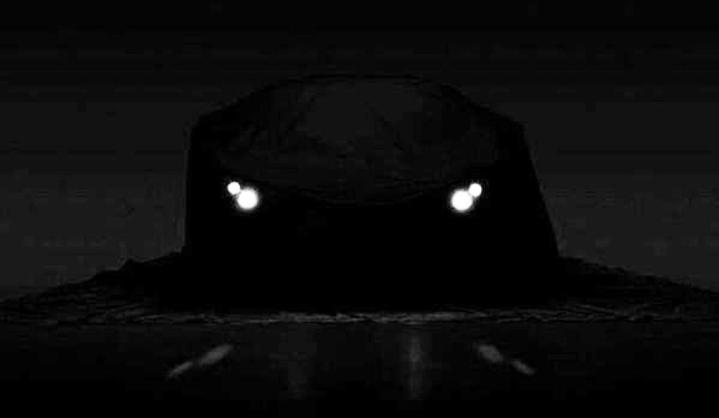
The teaser image reveals precious little but the 3-Eleven is expected to take the form of a lightweight roadster with a short windshield, welded-in doors, and a built-in roll cage. It will further stand out from the Exige thanks to a model-specific body kit consisting of a front splitter, side skirts and a large rear wing out back. The 3-Eleven is being primarily designed for competition, but buyers will reportedly be able to make it street legal by paying extra for required add-ons such as turn signals.
Inside, the 3-Eleven will boast a minimalist driver-focused cockpit with a pair of composite bucket seats, a simple, easy-to-read analog instrument cluster, and not much else. Even in its street-legal configuration the roadster will forgo niceties like a stereo, navigation, and a climate control unit in order to keep weight in check.
The 3-Eleven will use a tuned version of the Toyota-derived supercharged 3.5-liter V6 engine that currently powers the Exige. Precise technical details are still under wraps, but sources close to Lotus hint the mid-mounted six-cylinder will send at least 420 horsepower to the rear wheels, a jaw-dropping figure in a car that’s expected to weigh less than 1,800 pounds. The roadster will be able to sprint from zero to 62 mph in under three seconds and reach a top speed of at least 180 mph.
Stay tuned, we suspect Lotus will publish a full set of details about the 3-Eleven in the days leading up to its debut on June 25. British media outlets report the convertible will cost about £70,000, a sum that converts to nearly $110,000, but there’s no word yet on whether or not it will be sold in the United States.



